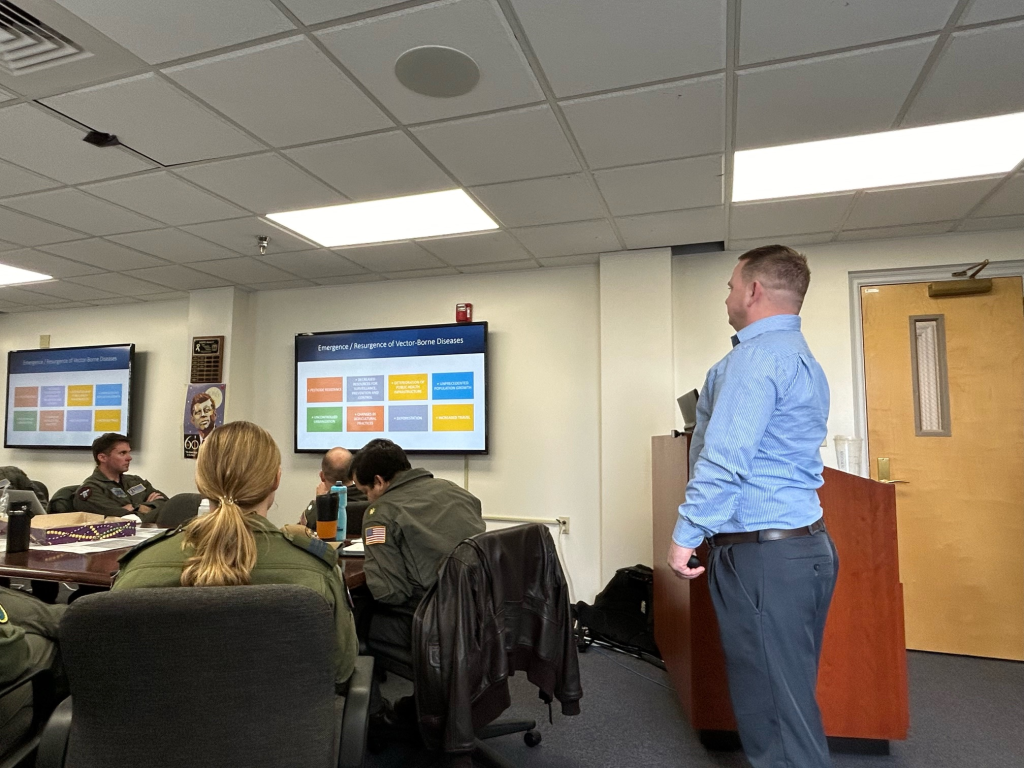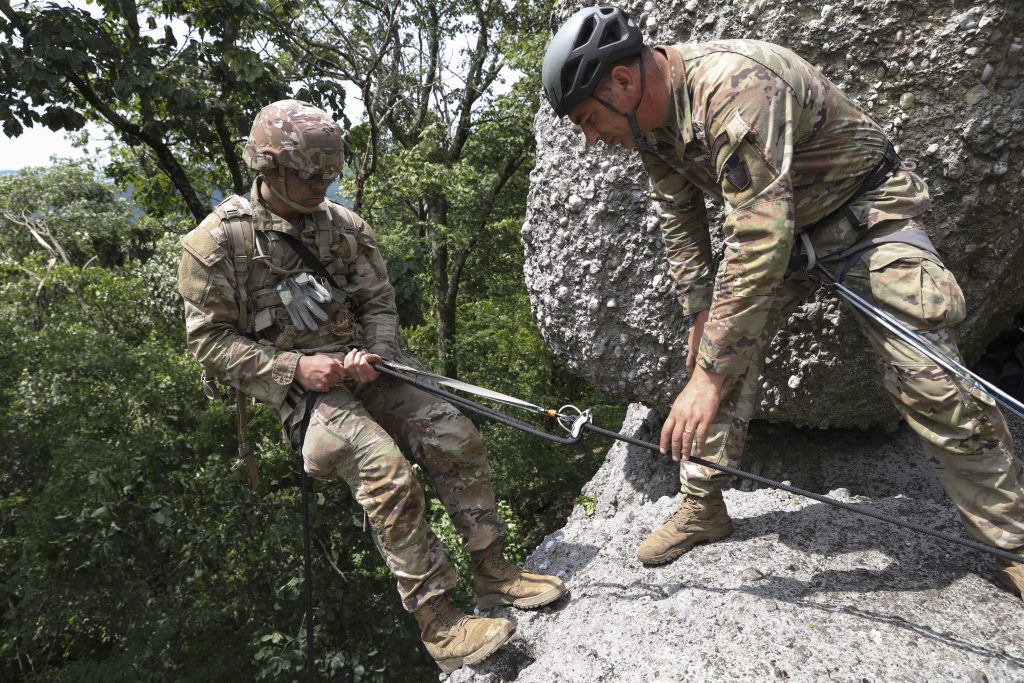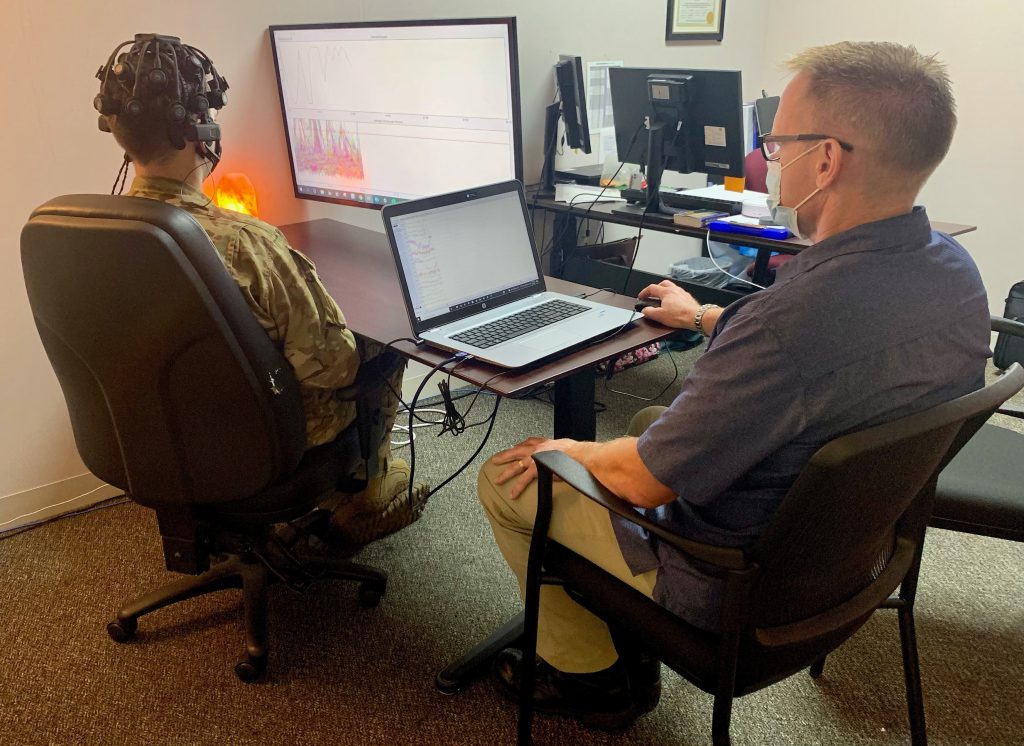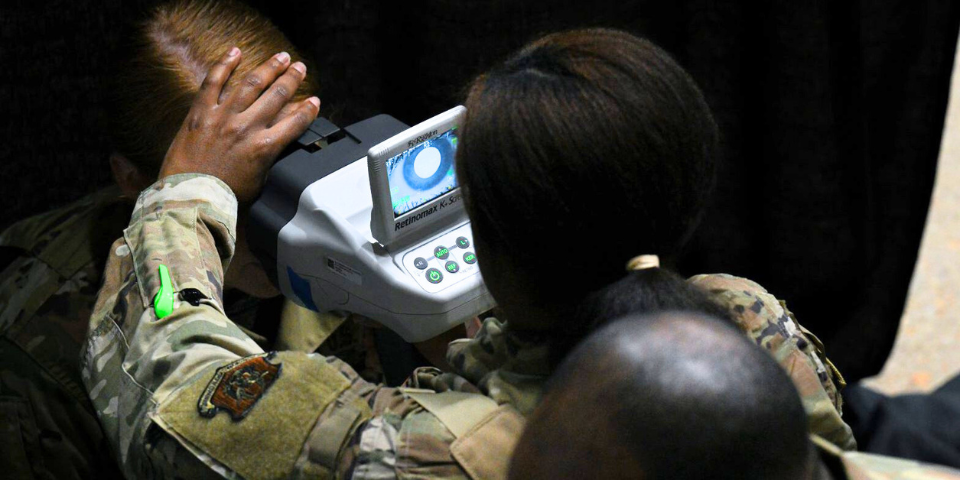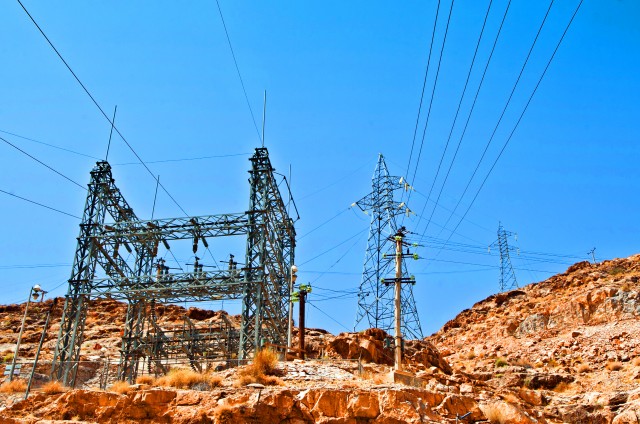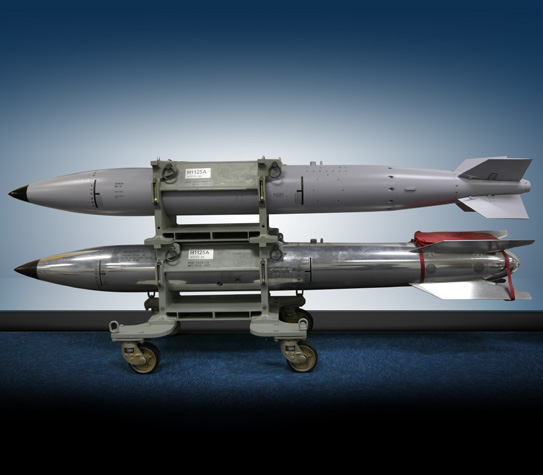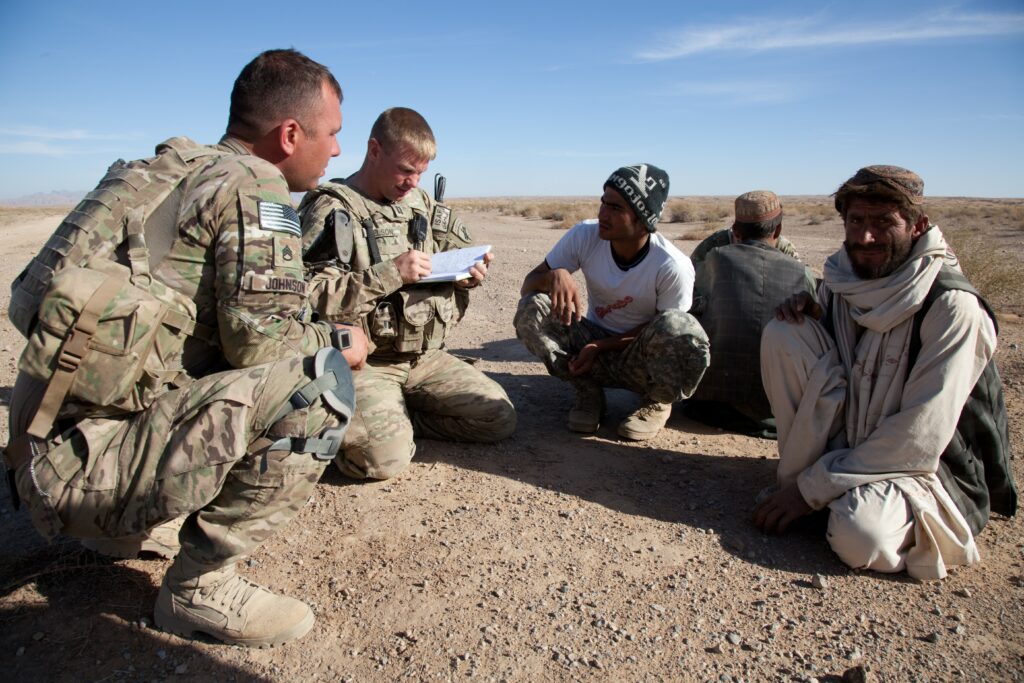Are you interested in delivering a webinar presentation on your DoD research and engineering efforts?
HDIAC hosts live online technical presentations featuring a DoD research and engineering topic within our technical focus areas.
Host a Webinar with HDIAC
Upcoming Webinars
Managing Public Health During a Migration Crisis
In February 2024, the Homeland Defense and Security Information Analysis Center (HDIAC) lead a Table Top Exercise (TTX) in support of military physicians in a residency program. During this program, students obtained their master’s in…
Security Implications for the United States from Iranian and Hezbollah Activities in Latin America and the Caribbean
This presentation will examine engagement with Latin America by Iran, its government agents, and surrogate groups such as Hezbollah, including terrorist finance, terrorism, and other activities and their evolution in recent years. It will address…
Never Deployed but Still at Risk: Substance Use and Mental Health Problems Among Reserve/Guard Soldiers
Brain Health Mini-Series: Part 2 Reservists constitute approximately one-third of the U.S. Armed Forces; however, military health research disproportionately focuses on active service members and veterans. Operation: SAFETY (Soldiers and Families Excelling Through the Years)…
DoD Nuclear Energy Use Case – A Combatant Command Perspective
The U.S. Department of Defense (DoD) was an early adopter of nuclear power and pioneered research of mobile nuclear energy. In addition to the well-documented U.S. Navy nuclear propulsion program, the U.S. Army constructed eight…
Rewiring the Brain for Optimized Performance
Brain Health Mini-Series: Part 3 Neurofeedback (NFB) is a specialized application of biofeedback employed to modify brainwave activity and event-related potentials. It uses operant conditioning with visual or auditory stimuli as reinforcing feedback to teach…
Emerging Capabilities for Evaluating Cognitive and Oculomotor Function in Service Members With Traumatic Brain Injury
High rates of traumatic brain injury (TBI) are sustained by U.S. military personnel in combat and garrison environments. Changes in brain function related to TBI can negatively impact military readiness and quality of life. Clinical…
Past Webinars
Energy Security
This webinar describes the sophisticated global setting where energy security, national security, and geopolitics intersect. People everywhere want abundant, reliable, clean, and affordable energy. Nation-states…
The Continued Threat of Infectious Diseases to the U.S. Military
The U.S. military is an expeditionary force and constantly engaged in global missions. During deployment, servicemembers are often at risk from infectious diseases which have…
Podcast: Nuclear Arms Control Treaties
Part 1 This video podcast is part one of a two-part series on the topic of nuclear arms control treaties that the United States has…
Biostasis
This webinar will provide an overview of the Defense Advanced Research Project Agency’s (DARPA) Biostasis program. The Biostasis program aims to extend the time for…
DNA as a Molecular Engineering Platform for Defense Applications
DNA is more than a blueprint for living organisms. In the right hands, it can be used as a self-assembling, nanoscale building material with exquisite…
The Political, Economic, and Cultural Effects of the United States’ Overseas Military Presence
Despite the fact that the United States has stationed an average of 20 percent of its entire military abroad since WWII, we know comparatively little…


